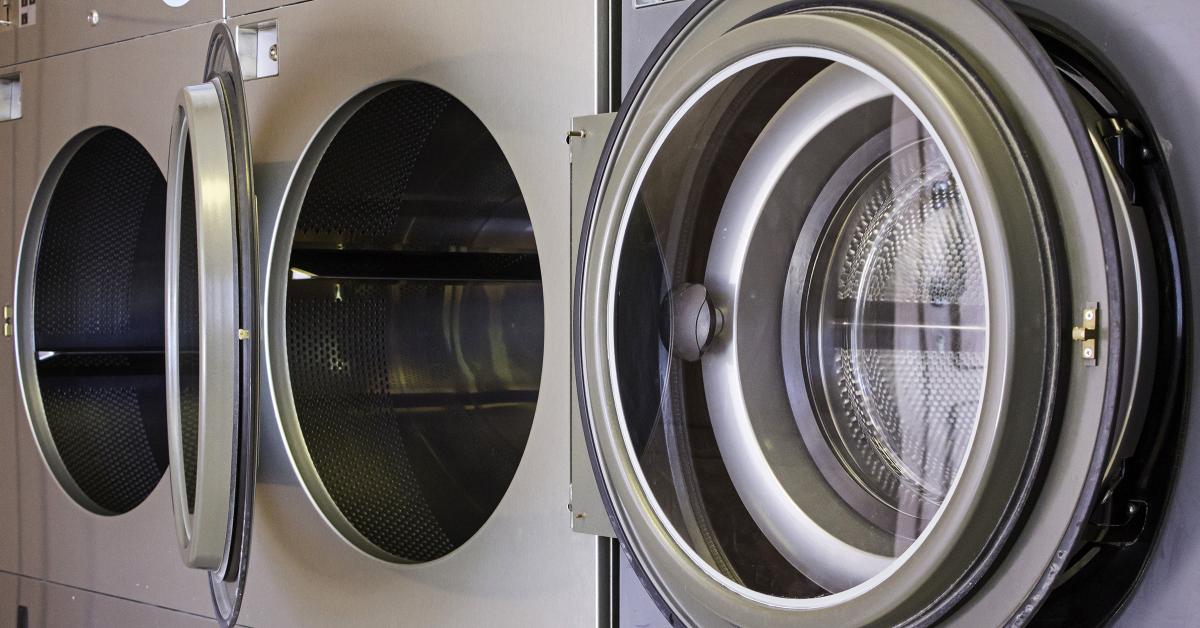CINCINNATI — Ensuring efficiency in laundry operations is no easy feat, especially given the volume these facilities must process and the amount of chemical that must be successfully delivered to achieve clean and sanitary results.
TRSA, the association for linen, uniform and facility services, estimates that the commercial U.S. textile services industry processes around 15 billion pounds of laundry annual.
Additionally, Kline & Company, a provider of consulting services and market intelligence, reports that an average commercial/industrial laundry spends $125,540 on chemicals each year.
Whether on-premises laundries or industrial plants, facility managers overseeing these operations must focus on key factors that affect the triple bottom line.
THE IMPACT OF CLEAN LINEN
Within the hospitality industry, a well-executed laundry program will not only reduce the opportunity for stains and remove those that do occur, it will help bring guests peace of mind.
Lodging Magazine reports that more than 80% of travelers are concerned by how often hotel bedding is washed when booking a stay.
Thus, the majority of guests form impressions about a hotel based on the quality and cleanliness of their bedsheets and comforters.
Clean linen can be the difference between a great stay, referrals and brand loyalty, and a viral social media post or online review about the hotel’s unsatisfactory housekeeping.
In the healthcare industry, it’s imperative that facility managers meet and exceed laundry standards to keep patients as healthy and safe as possible. Some laundries that have been accredited by the Healthcare Laundry Accreditation Council (HLAC) take extra steps to meet comprehensive standards for safe linen handling. Currently, there are more than 160 accredited laundry facilities in the United States and Canada to which hospitals can outsource their laundry programs.
BEST PRACTICES FOR CLEAN RESULTS
Consider applying these best practices to ensure your laundry operation always runs smoothly:
Install innovative and accurate dispensers. Many hotels rely on on-premises laundries to quickly clean guest room items. Without a reliable dispenser in place, it’s more difficult to ensure the necessary dosages of each chemical. Ideally, hotels will install a dispenser that can manage at least 20 chemical formulations to cover a variety of load sizes and linen types.
Dispensers are also useful for industrial laundry facilities. By dosing product accurately every time using a flow meter, dispensing systems help eliminate the overuse or underuse of product and thereby enhance cleaning performance and reduce waste.
Use data to drive continuous improvement. Utilizing data collected from smart dispensing systems connected to a cloud-based Internet of Things (IoT) platform can help establish a more efficient laundry operation. By providing data around water, chemical and energy usage, cycle times, and more, these secure platforms give end users increased visibility into their operations, optimize production, reduce costs and increase overall customer satisfaction.
Conduct preventative maintenance. According to Kline’s 2019 Laundry Chemical Products USA report, 47% of commercial laundries rated washing machine servicing as very important. Creating a preventative maintenance schedule for washers, dryers and dispensers extends the lifespan of important equipment. The cost associated with broken or malfunctioning equipment not only includes the cost of repair but also the cost of additional labor and downtime.
BENEFITS OF BOOSTING TRIPLE BOTTOM LINE
People, planet and profit make up the three Ps of a business’ triple bottom line. If laundries consider the previously mentioned best practices, they can not only achieve consistently clean linen, but can also reap the following benefits:
Cost savings: High-volume laundry allows labor to be more productive, supports investment in high-end equipment, and reduces water, chemical and energy costs. Utilizing dispensers can increase cost savings through accurate chemical usage and less rewash. Easy installation and training allow facilities to quickly set up dispensers so they can immediately realize the benefits that these systems offer. Smart chemical dispensers offer greater transparency into operations and those that forgo squeeze tubes require less maintenance, keeping laundries running at peak efficiency.
Sustainability savings: Kline’s 2019 report also found that 55% of commercial laundries rank energy savings/conservation as very important. Thankfully, accurate dosing helps reduce rewash rates that drive up resource consumption. Furthermore, by investing in smart technologies that monitor key performance metrics, laundry operations can do their part to be more eco-friendly by identifying areas for improvement and driving down water, chemical and energy waste.
Increased customer satisfaction: Prioritizing customers’ needs in hospitality, foodservice and healthcare environments is crucial to keeping guests and patients satisfied. By helping to achieve clean linen every time, dispensers allow facilities to maintain a positive reputation. In turn, this can drive increased revenue.
PERFECTING THE PROCESS
While optimizing the laundry process can be a daunting task, these best practices and strategies can help any laundry operation realize numerous benefits.
By installing reliable dispensers, utilizing smart technology platforms and more, on-premises and industrial facilities can achieve improved results for customers while bolstering the laundry’s bottom line and limiting environmental waste.
RELATED STORIES
Maintaining World-Class Reliability During the COVID-19 Economic Downturn, April 23, 2020
Laundry and Environmental Sustainability, April 7, 2020
Benchmarking—Improving Laundry Operations (Part 1), Oct. 22, 2019
Benchmarking—Improving Laundry Operations (Conclusion), Oct. 24, 2019
Have a question or comment? E-mail our editor Matt Poe at [email protected].
